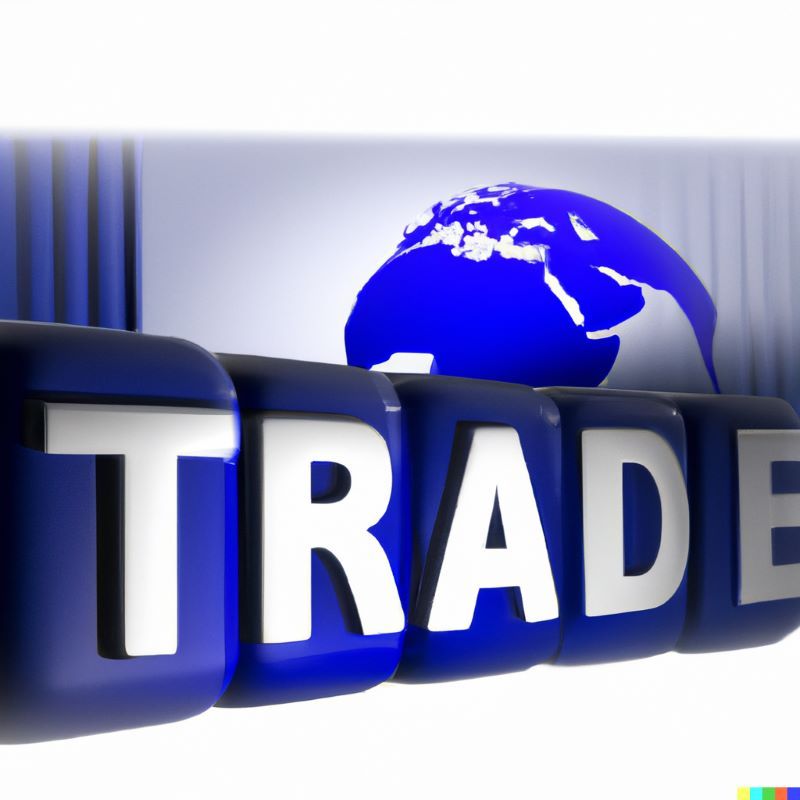Navigating the Global Value Chains for LAC Countries
Discover the challenges faced by Latin American and Caribbean countries in participating in global value chains and the solutions being explored to overcome them. Join the quest for a more integrated production puzzle.





